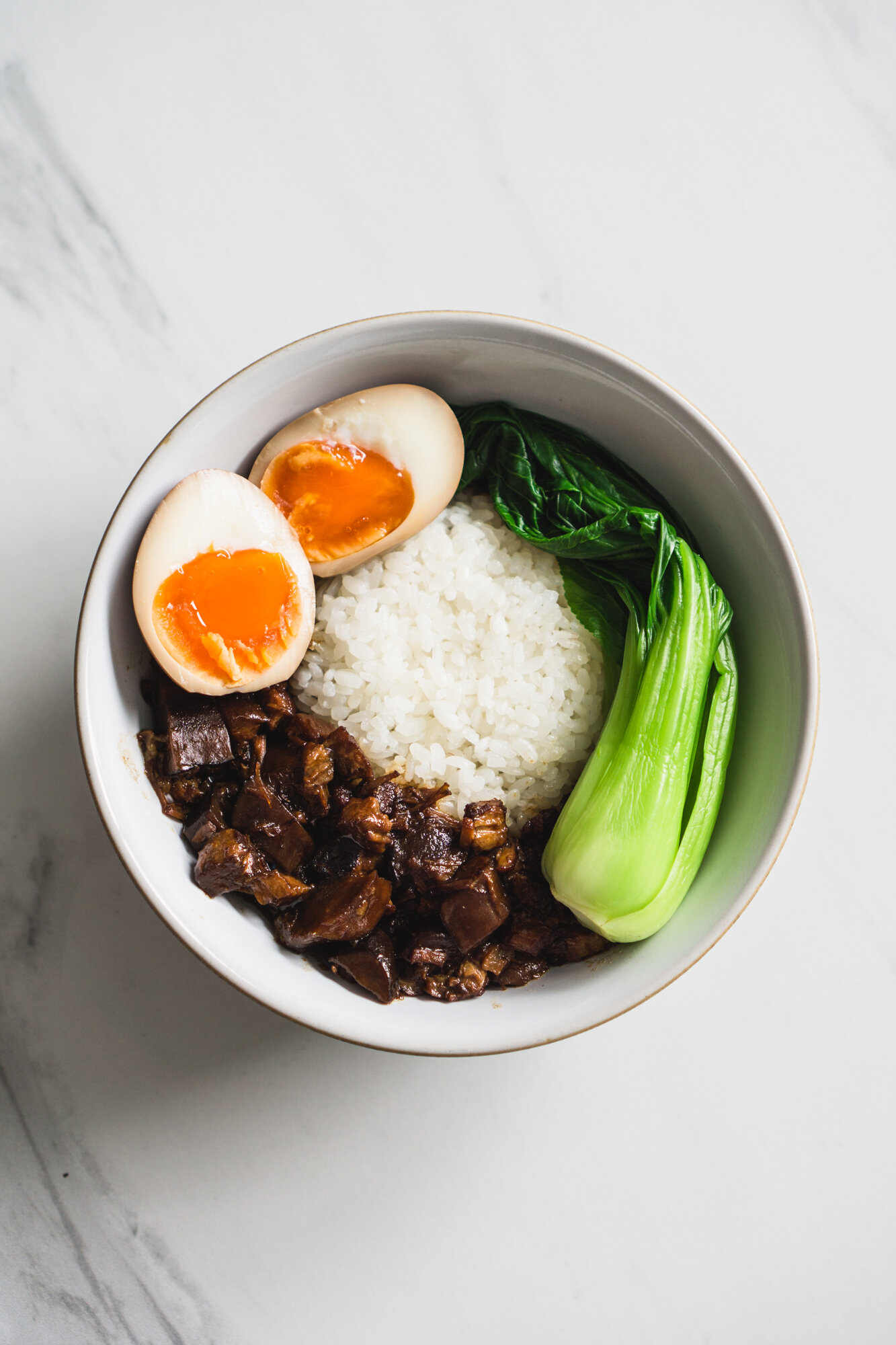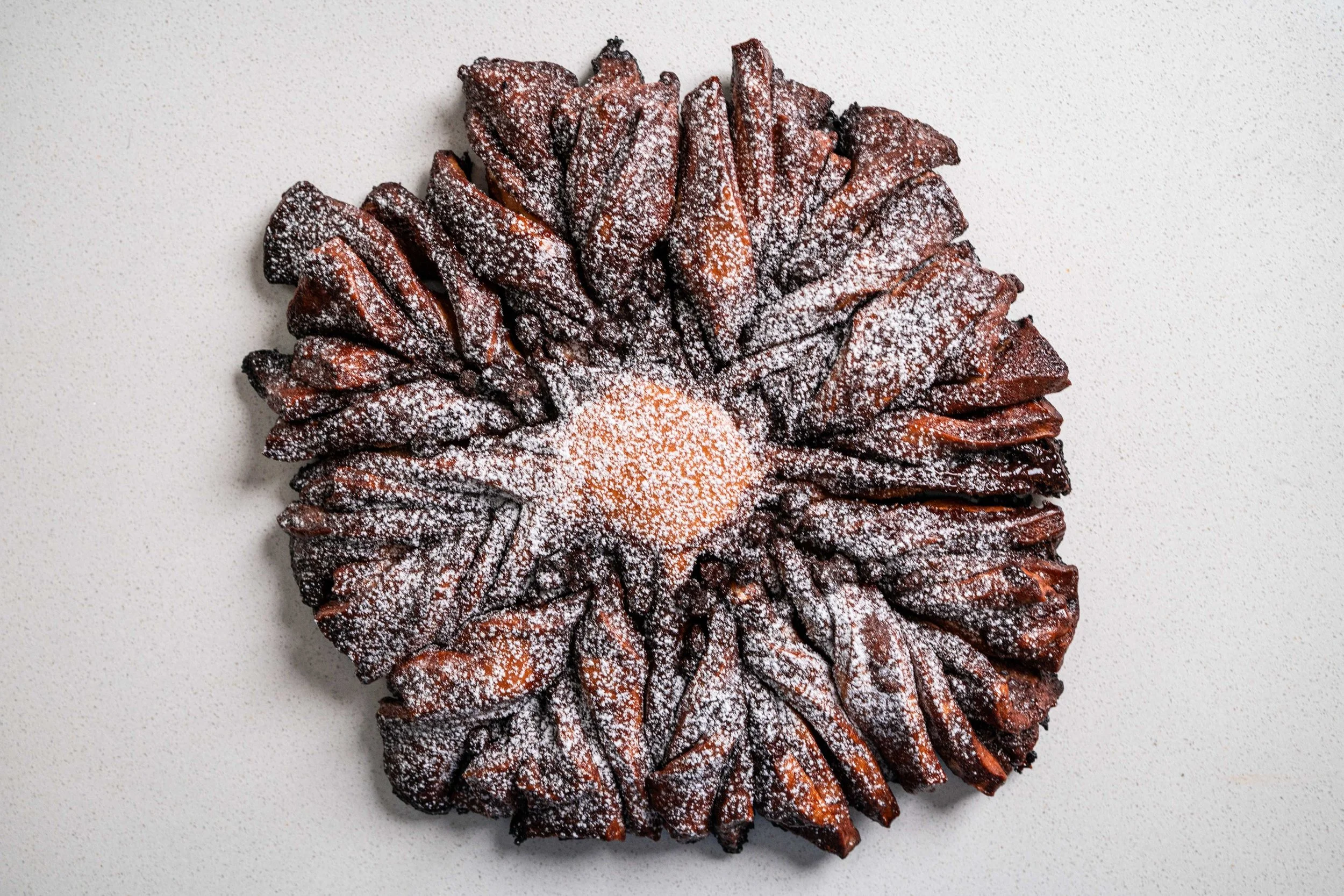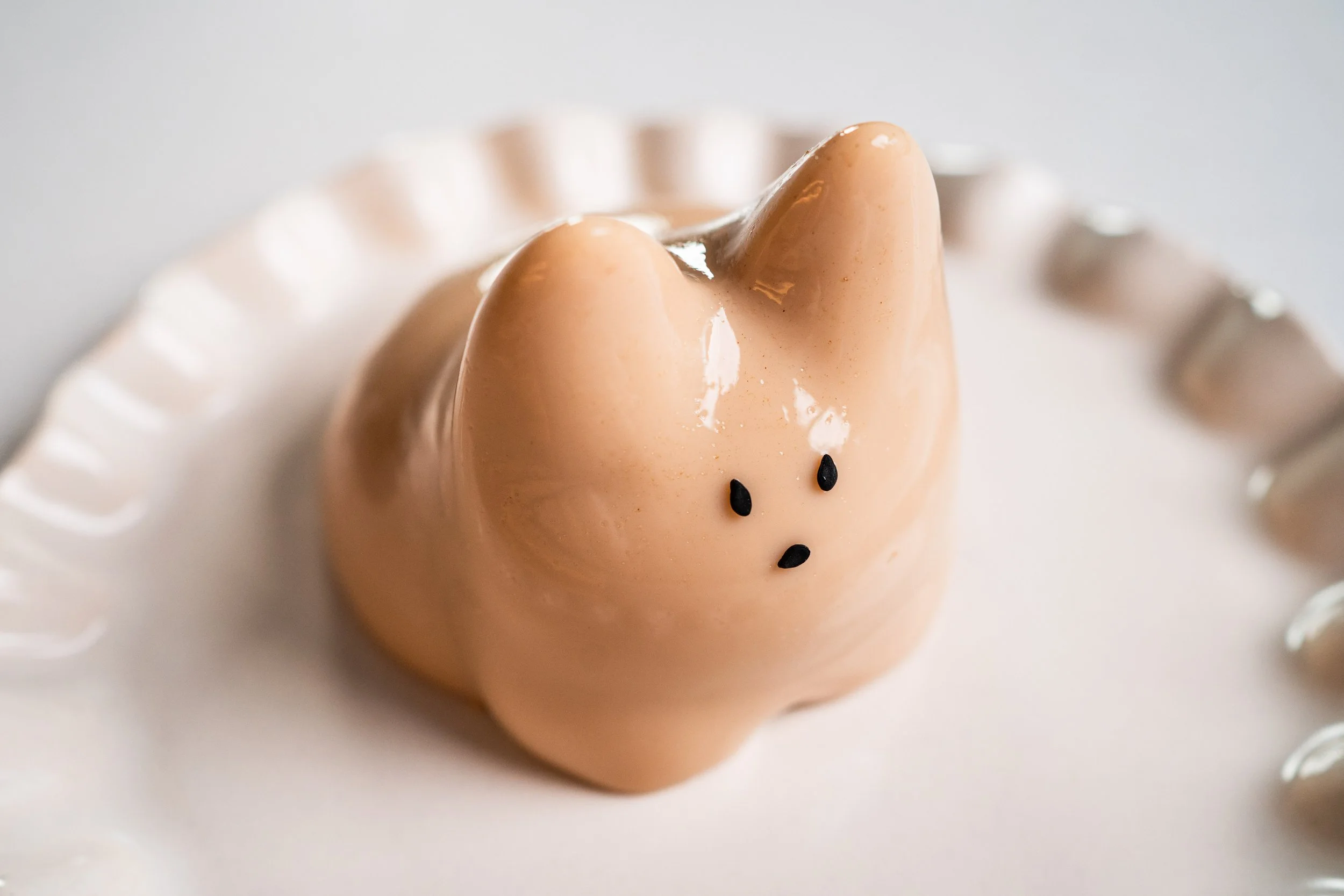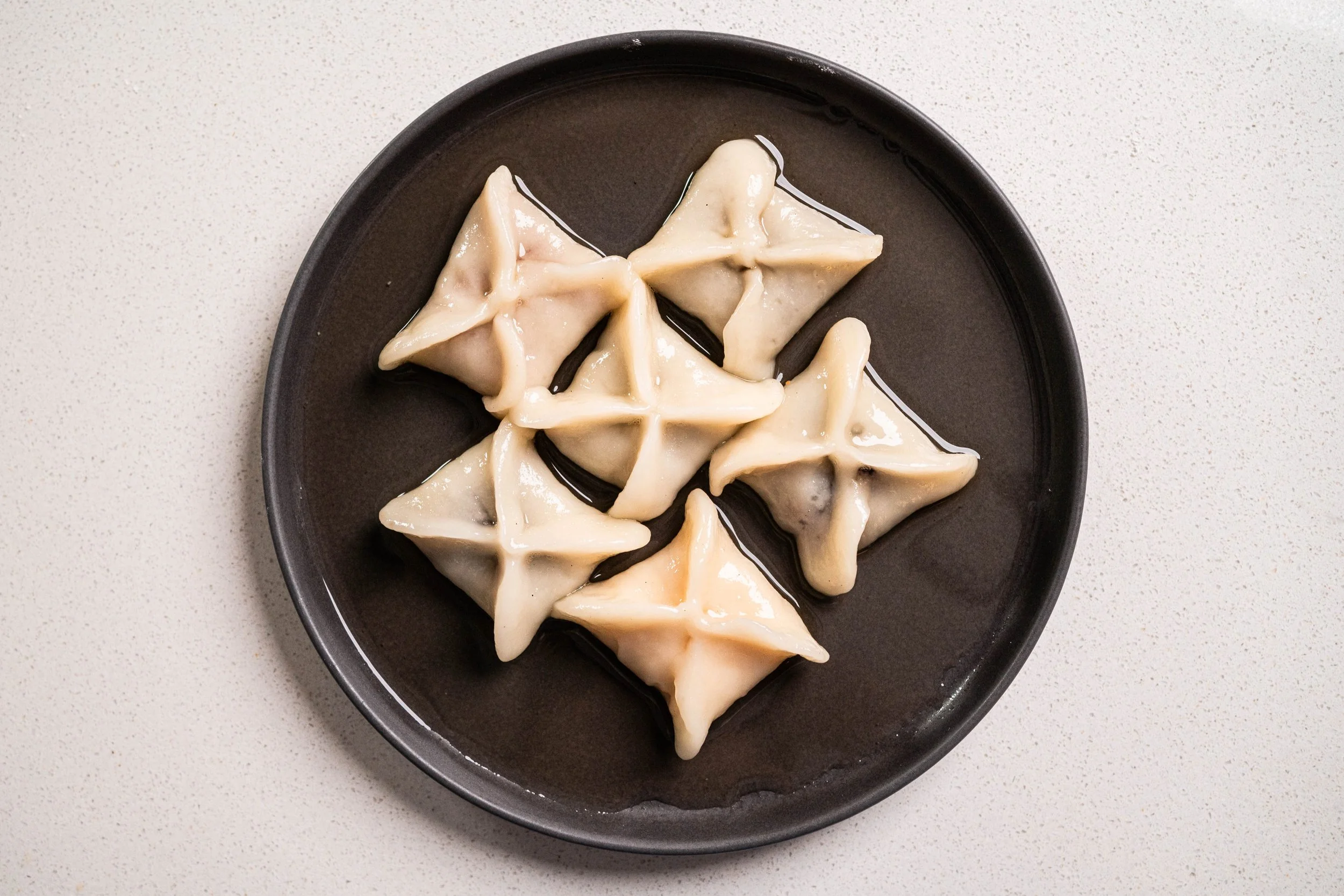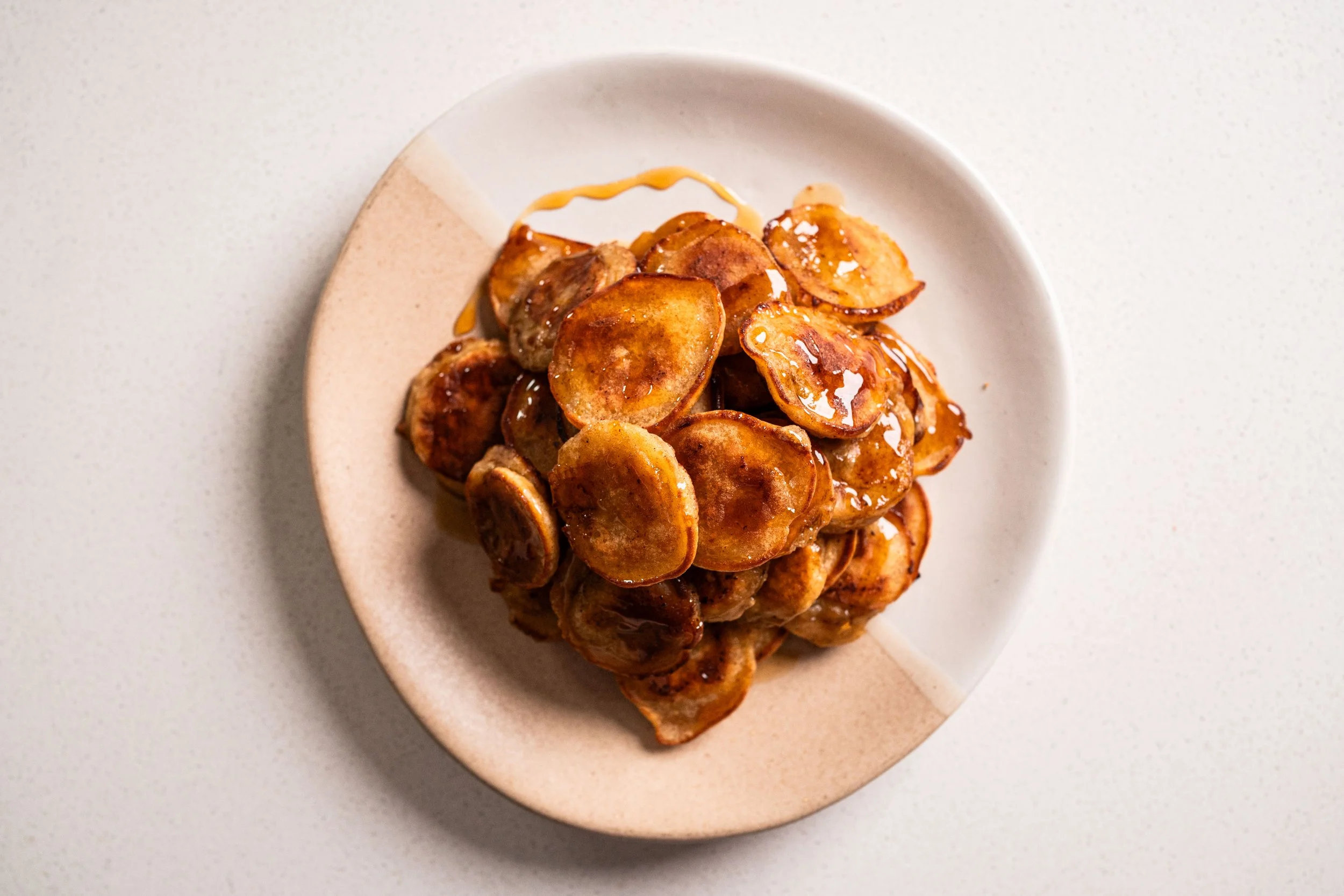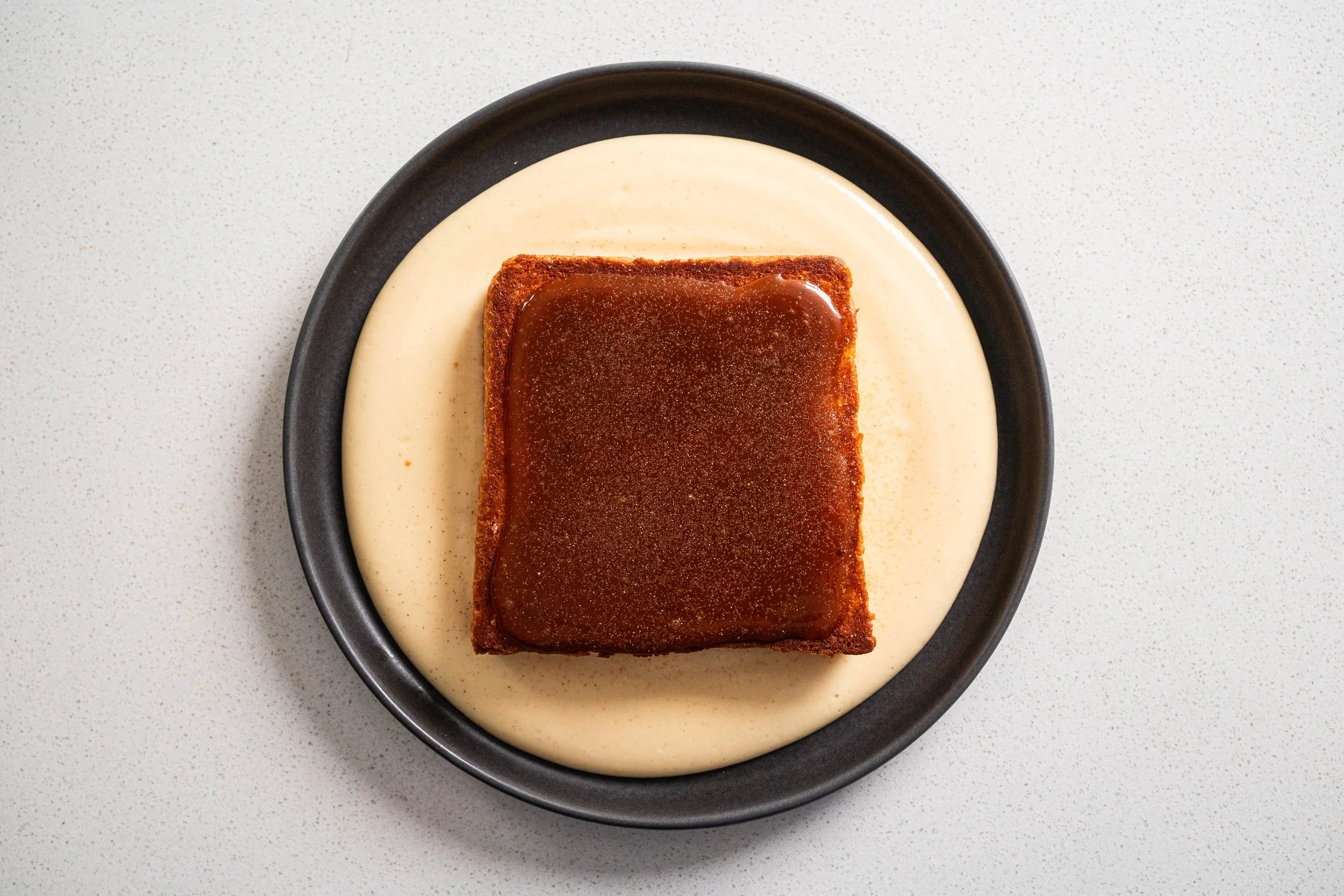Lu Rou Fan (滷肉飯; Taiwanese Braised Pork Rice)
Comfort food transcends boundaries, whether it’s a warm bolognese that reminds you of a hearty Italian dinner in the heat of the Italian summer, a Creole gumbo bringing you back to the jazz and joy of New Orleans, or in this case, lu rou fan giving you a warm, pork-and-spice-scented Taiwanese hug. Even if you’ve never been to Italy in the summer, have no connection with New Orleans, or have never hugged anyone (or anything) from Taiwan, having these dishes often fill you heart with a sense of deep comfort. They tell you that everything is going to be okay, at least for the moment.
Maybe that’s why we make comfort food, maybe that’s why I made this lu rou fan two Sundays ago. Malaysia is under lockdown again, and I desperately needed a reprieve from the doom and dread (pandemic-induced and otherwise). I spent the whole day in the kitchen, even if it meant that I would have to forgo everything else I had planned, and just spend it marinating eggs, cooking rice, blanching vegetables, and watching meat braise and bubble in a pot. The process (and what came out of it) brought about a sense of calm and contentment in a time when I needed it a lot. For a brief dinner at least, fork-tender pork, curds of barely-set egg yolks, and a bowl of fluffy, still steaming Japanese rice made everything feel okay.
You might make this, you might not. But if you’re reading this in this pandemic-riddled time we’re in, I hope you find comfort, wherever you are, whatever you’re having for dinner tonight.
About the Dish
At its heart, lu rou fan is just a simple dish of braised meat and rice. The rice is often steamed plain, and serves as a pillow for the braised pork to snuggle with. For the braise, pork belly is diced, seared off along with alliums and shiitake mushrooms, and left to bubble in a soy and spice-heavy broth for a few hours, until thickened and spoon-tender. It’s not quite braised pork belly, not quite mince, but a hearty in-between. And when the meat is done, it’s ladled onto the rice, along with some common side dishes like blanched vegetables and braised eggs.
As for the origins of the dish, it’s largely considered Taiwanese, but has roots in both Taiwan and Shandong in China. Judy from The Woks of Life shares of the lu rou fan feud between the two regions with a indicative incident: “To help set the record straight, the Taipei government launched a huge campaign in 2011, handing out 1000 bowls of lu rou fan and claiming ownership of the dish. That’s dedication, my friends.”
Ah, the lengths us Asians go to in our food fights! (Perhaps this is a great topic for a podcast episode eh?) But wherever it belongs, lu rou fan is comfort food. And no matter which side of the Taiwan-Shandong fence you’re on, even if you’re detached from the whole debate, there’s comfort to be found in it.
Cooking Tips
To really coax out the comfort from your lu rou fan, here are a few pointers for the recipe below:
Use pork belly with skin, post-braising it’ll add a nice textural contrast to the softened meat.
Make sure to braise the meat really low and slow, with the liquid barely simmering, just giving out tiny burps of bubbles every few seconds.
In a classic lu rou fan, the eggs are hard-boiled then braised together in the meat, but I opted for the more flavorful—and to me, the even more comforting— soft-centered eggs, the one often served with Japanese ramen.
If you’re making the soft-centered ramen eggs, you can start marinating it the night before, and then take out the eggs and use the marinating liquid to braise the pork, just top it off with extra dark soy sauce and spices.
Lu rou fan makes for a great dish for meal-prepping or bulk-cooking. Just keep it in the fridge and reheat it whenever you want.
Lu Rou Fan (滷肉飯; Taiwanese Braised Pork Rice)
Serves 4
Ingredients
Braised pork
45ml (3 tablespoon) oil
2 shallots, minced
1 garlic clove, minced
12 dried shiitake mushrooms, rehydrated in water for 30 minutes, then diced into 1cm (½-inch) cubes
1kg (2.2 pounds) pork belly, sliced into 0.5cm x 0.5cm (1/4-inch x 1/4-inch) long pieces
80ml (1/3 cup) Shaoxing wine
60ml (1/4 cup) light soy sauce
30ml (2 tablespoons) dark soy sauce
30g (2-3 large pieces) rock sugar
1L (4 cups) water
1 cinnamon stick
2 star anise
3 cloves
3 bay leaves
2 pieces tangerine peel
1 thumb-sized piece of ginger, sliced into 3-4 chunks
Rice
300g (1.5 cups) Japanese short-grain rice
400ml (1.5 cups) water
Extra sides (optional)
6 eggs, for soft-centered eggs or ramen eggs
8-10 stalks of choy sum, or any other leafy vegetable
Directions
Make the eggs: If you’re making the soft-centered eggs, please make them the day before as they’ll need to steep overnight. You can read the full recipe here. But I also thought to condense it for your convenience: Cook the eggs in a boiling pot of water for exactly 6 minutes, making sure the water is constantly simmering. When done, immediately transfer the eggs into an ice bath to cool down. Meanwhile, prepare a mixture of 60ml soy sauce, 15g brown sugar, and spices (1 star anise, 1 cinnamon stick, and 2 cloves), and bring this to a boil, then add the 240ml of water to it. Peel the eggs, and place them in a container together with the soy marinade, and refrigerate for at least 3 hours, or overnight.
Saute everything: Add a tablespoon of oil into a pan together with the minced shallots, and saute it for 2 minutes, then add in the minced garlic. Saute both until nicely browned. Then remove the shallots and garlic from the pan, leaving a light coating of oil in. Saute the mushrooms in the same way, for 2-3 minutes, then set aside. Add the pieces of sliced pork belly into the pan, and stir-fry for 5 minutes, until they’re slightly caramelised and light brown. It’s best to do this in 3-4 batches to avoid overcrowding the pan; remove each batch of pork from the pan as they’re done. When all the pork has been seared, deglaze the pan with Shaoxing wine, and reserve the liquid.
Braise the pork: Transfer the shallots, garlic, mushrooms, pork, and deglazed wine into a deep pot, and add in the rest of the ingredients—light soy sauce, dark soy sauce, rock sugar, water, and all the spices. (Alternatively, you can also add in the soy marinade you used to soak the eggs in; just reduce the appropriate amount of soy sauce and water. Also, you could wrap all the spices in a cloth bag for easy removal later on.) Bring the whole thing to a boil, then turn the heat down to low, and let it simmer gently for 2 hours, until the meat the fork tender and the liquid has thickened into a shiny, pork-coating sauce.
Cook the rice and vegetables: As the meat is braising, this is the perfect time to cook your rice and vegetables. Cook the rice your preferred way—in a rice cooker, or in a pot over the stove, or (god forbid) in a microwave. (Here’s a straightforward recipe if you don’t have a rice cooker. And if you do, you probably already know how to cook rice, so you do you!) As for the vegetables, I give my choy sum a quick, 30-second blanch in salted boiling water, then plunge them in ice water to stop the cooking and retain its colour, before fishing it out of the ice water and setting it aside while waiting for the pork.
Serve: When the pork is done, ladle your rice into a bowl, and flip it out onto a larger bowl so it’s shaped into a mound. Then, pile on your pork, and serve with the blanched vegetables and soft-centered egg. Eat for comfort.


